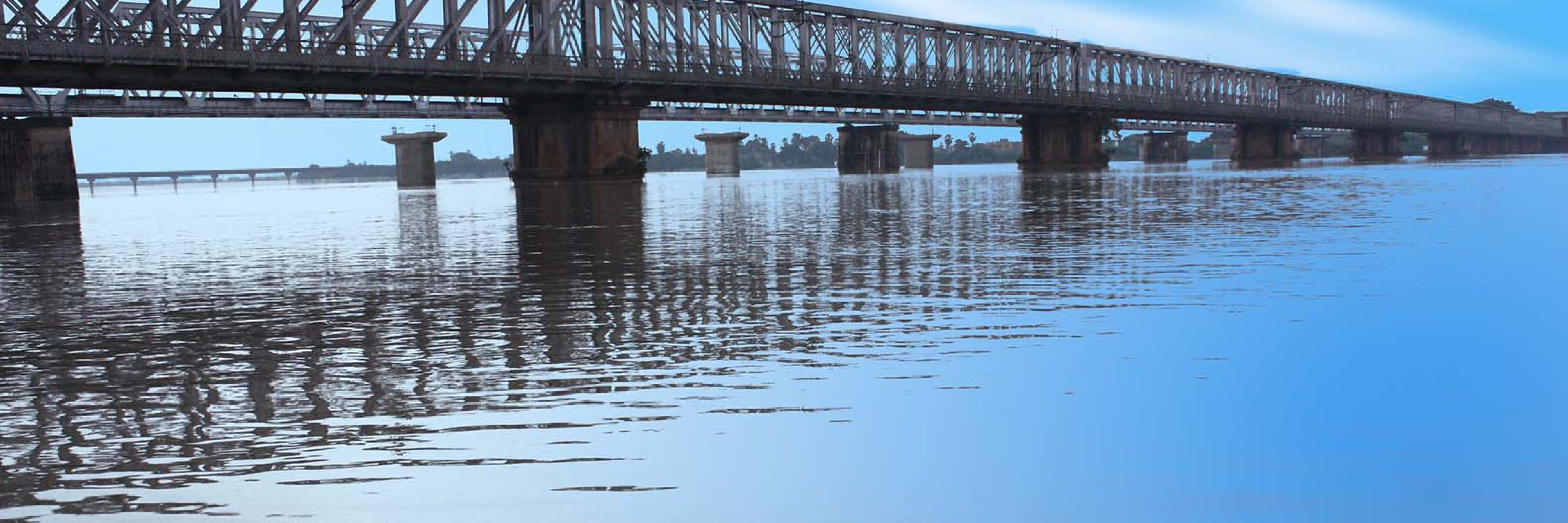
Rejuvenation of Inland Waterways Trade Route of Bihar, India.
Rationale
These rivers were previously been used as local trade routes from the village to cities and vice versa. A huge population exists on both banks of the rivers. Previously, The farmers were using the river for shipping their local products such as livestock, dairy, agricultural grains, fodders, fish, etc. At present, the rivers are filled with fine silt and it becomes narrow at several places. Navigation through boats and vessels becomes difficult for almost eight to ten months a year. These rivers need to revive to maintain the flow in the river throughout the year. Few river rejuvenation techniques are available at this time but it is very costly and time-consuming. It needs to find better solutions for the reclamation of river networks.
Strategy
The aim of the study is to find or develop a sustainable method to replace the dragging techniques which is one of the costlier methods for river de-siltation. The methodology will be helpful to revive the river network flowing across the cities, especially for inland waterways transportation. The methodology will also help the local farmers and other stakeholders by reducing the overall dependency on road networks for goods transportation. During floods and other disasters, the network will be helpful in evacuation and other mitigation strategies.
Methods
Recently, a few research indicates that the siltation in the river has increased in the past few decades. These rivers are perennial and flow from the Himalayan foothills and get confluences in the river Ganga. The river carries a huge silt volume regularly and it accumulated in the river bed. The silt deposit in the river restricts the flow and the boat struck in the silt most of the time. The removal of silt deposits along the navigational path is done using the dragging method worldwide. This technique is costly and not maintainable for a long duration. It is necessary to find cheaper and environmentally friendly techniques to maintain the flow of the river. So far, using remote sensing techniques and hydrological modeling models it has been found that the rivers have a wide scope for transportation, places for making mini ports, and sites for intervention for deepening the channels, etc. A new study is required to find low-cost techniques for deepening the channels using eco-friendly and sustainable methods such as chevron, Jack jetty, porcupine structures, Board Fencing, etc. In this study, micro-level hydrological modeling will also be required to increase the water throughout the year in these rivers.